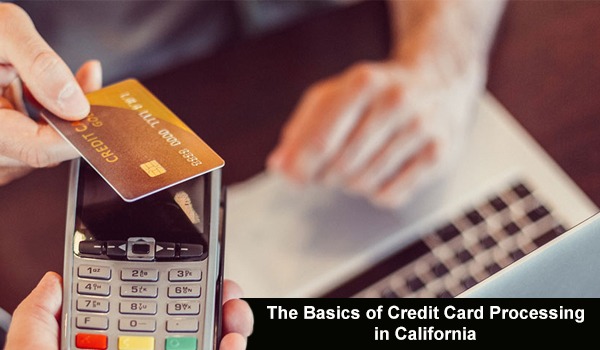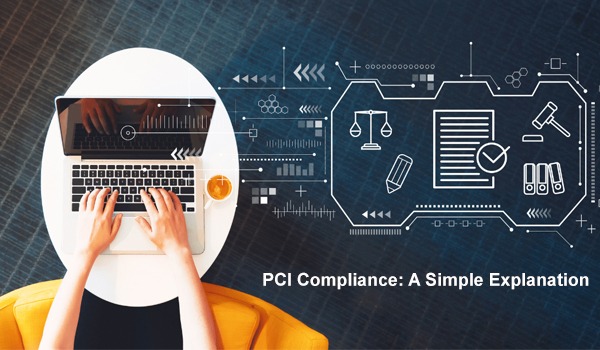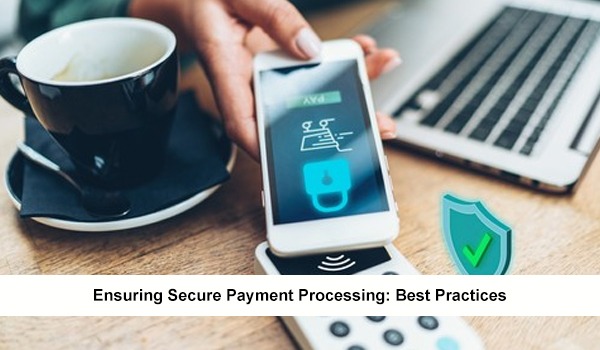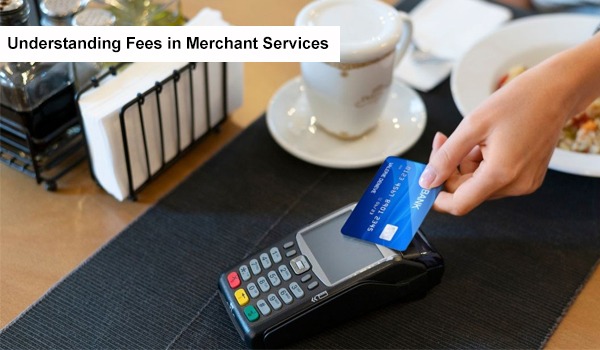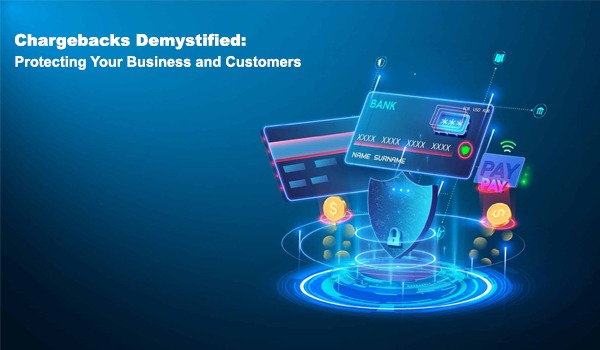
Introduction
In the world of business, particularly in the realm of online transactions, the term "chargeback" can often send shivers down the spine of merchants everywhere. A chargeback is essentially a transaction reversal meant to serve as a form of consumer protection from fraudulent activity committed by both merchants and individuals. However, while they are designed to protect the consumer, they can often end up being a thorny issue for businesses, leading to financial losses, administrative strain, and damaged relationships with customers.
In this comprehensive guide, we'll dive deep into the world of chargebacks, explaining what they are, why they happen, and how you can effectively manage them to protect both your business and your customers. Whether you're a seasoned business owner or new to the market, understanding chargebacks is crucial for maintaining a healthy business environment and ensuring customer satisfaction.
Understanding Chargebacks: The Basics
Before we delve into the strategies for managing chargebacks, let's first understand what a chargeback is and how it works. A chargeback occurs when a customer contacts their credit card issuer to dispute a transaction. Once the dispute is initiated, the issuer investigates the claim, and if it finds merit, the transaction amount is reversed, taking the money back from the merchant’s account and returning it to the consumer.
Reasons for Chargebacks
Chargebacks can happen for a variety of reasons, but here are some of the most common:
- Fraudulent transactions: This is the most common reason for a chargeback. This occurs when a transaction is made without the consent of the cardholder, often as a result of credit card theft.
- Product not received: If a customer claims that they did not receive the product they paid for, they may file a chargeback.
- Product unsatisfactory: If a product received is different from its description or is in poor condition, a customer might initiate a chargeback.
- Technical issues: Errors such as accidental double-billing or incorrect transaction amount can also lead to chargebacks.
- Clerical errors: Simple mistakes such as entering the wrong account information or billing details can cause a customer to dispute a charge.
Understanding the root causes of chargebacks can help in developing strategies to prevent them.
Preventing Chargebacks: Best Practices for Merchants
Preventing chargebacks is undoubtedly better than dealing with them after they occur. Here are some steps you can take to reduce the risk in a proactive manner.
Clear Communication
- Provide detailed product descriptions: Ensure that all products have accurate and comprehensive descriptions to avoid misunderstandings about what the customer is purchasing.
- Set clear expectations: Be transparent about shipping times, costs, and processes. If there are delays, communicate these promptly to the customer.
- Offer excellent customer service: Make it easy for customers to get in touch with concerns or questions. A responsive customer service team can solve issues before they escalate to a chargeback.
Streamline Your Payment Process
- Use clear billing descriptors: Ensure that the name and contact information on customers’ statements are clear and recognizable to avoid confusion and mistaken chargebacks.
- Implement robust verification processes: Use tools like CVV and AVS checks to verify that the person making the transaction is the rightful cardholder.
- Keep detailed records: Maintain thorough records of transactions, receipts, customer communications, and delivery confirmations. These can be invaluable in disputing a chargeback.
Educate Your Customers
- Create a clear refund policy: Make sure your refund policy is easy to find and understand. Customers who know they can return a product and get their money back are less likely to file a chargeback.
- Send transaction confirmations: After a purchase, send a confirmation email detailing the transaction. This helps verify the purchase with the customer and reduces the chances of confusion.
Handling Chargebacks: When Prevention Isn't Enough
Even with the best practices in place, chargebacks can still occur. Here’s how to handle them effectively:
Respond Promptly and Strategically
- Act quickly: You typically have a limited time to respond to a chargeback notice. Failing to respond in time can result in a lost dispute by default.
- Provide compelling evidence: Submit all relevant documentation that supports your case. This includes proof of delivery, transaction records, and correspondence with the customer.
Analyze and Learn
- Review chargeback incidents: Analyze why chargebacks are happening. Identifying trends can help you pinpoint areas for improvement in your processes or product offerings.
- Adjust your approach: Based on your analysis, make necessary adjustments to reduce future incidents. This could involve changes to your payment process, updates to your product descriptions, or enhancements to customer service.
Technological Solutions and Tools
Fraud Detection Software
Software solutions that monitor transactions for unusual activity can alert merchants to potential fraud before it results in a chargeback.
Chargeback Management Systems
These systems help manage the workflow of responding to chargebacks and keeping track of disputed transactions.
Customer Relationship Management (CRM) Systems
CRM systems can help personalize customer interactions and resolve issues proactively, potentially reducing the likelihood of chargebacks.
Building a Chargeback Policy
Developing a Robust Policy
A clear chargeback policy should outline the reasons for disputes, the process of contesting a chargeback, and the timelines involved.
Educating Your Team
Regular training ensures that all team members understand how to handle disputes effectively and maintain customer relationships.
Policy Communication
Ensuring that your chargeback policy is easily accessible and understandable to customers can prevent confusion and disputes.
Conclusion
Chargebacks can be challenging, but with the right approach, they can be managed effectively. By understanding the reasons behind chargebacks, implementing preventive measures, and responding appropriately when they occur, you can protect your business and build stronger relationships with your customers.
It's important to remember that the aim is not solely to fight chargebacks, but rather to create an environment that makes them less likely to occur. A focus on transparency, customer communication, and continuous improvement can transform chargebacks from a threat to an opportunity for enhancing customer trust and loyalty. Keep these strategies in mind, and you'll be well on your way to safeguarding your business and providing a better experience for your customers.




